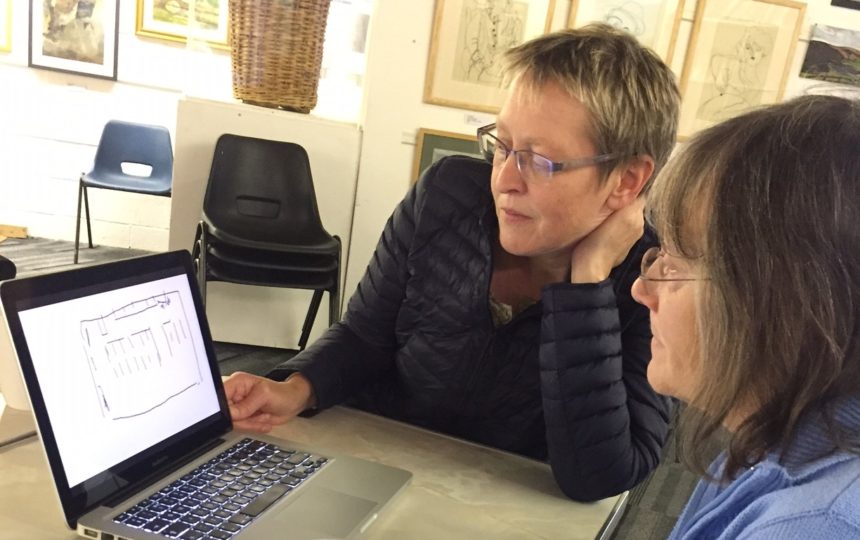Heritage education uses the skills of a creative and changing workforce

Our heritage education workforce is skilled in the business of showing how we can use material evidence – in science, history, art and other disciplines – to understand and interpret the world in which we live.
Heritage education is a broad and varied field, encompassing many different roles and requiring a host of talents. It employs teachers, enablers, demonstrators, technicians, interpreters, storytellers, administrators, programmers, performers, fundraisers, project managers, evaluators, researchers, community workers, volunteers and visitor assistants, all of whom have a part to play in making sure that visitors have the best possible experience.
However, the Museums Association’s most recent annual survey shows that many museums are downsizing under the impact of cuts. Museums are also becoming increasingly dependent on short-term freelance staff and volunteers. Across all categories of museum, volunteers contributed an average of 4,733 hours per annum in 2015/16.
This workforce needs training and support if heritage organisations are to flourish in a changing economic, educational, demographic and technological environment. To invest in the people who bring our heritage to life is to secure its future.
“Education is fundamentally concerned with the development of human potential through the generation, communication and exploration of ideas, skills and knowledge.”
Cultural Learning Alliance, Imagine Nation, 2017
